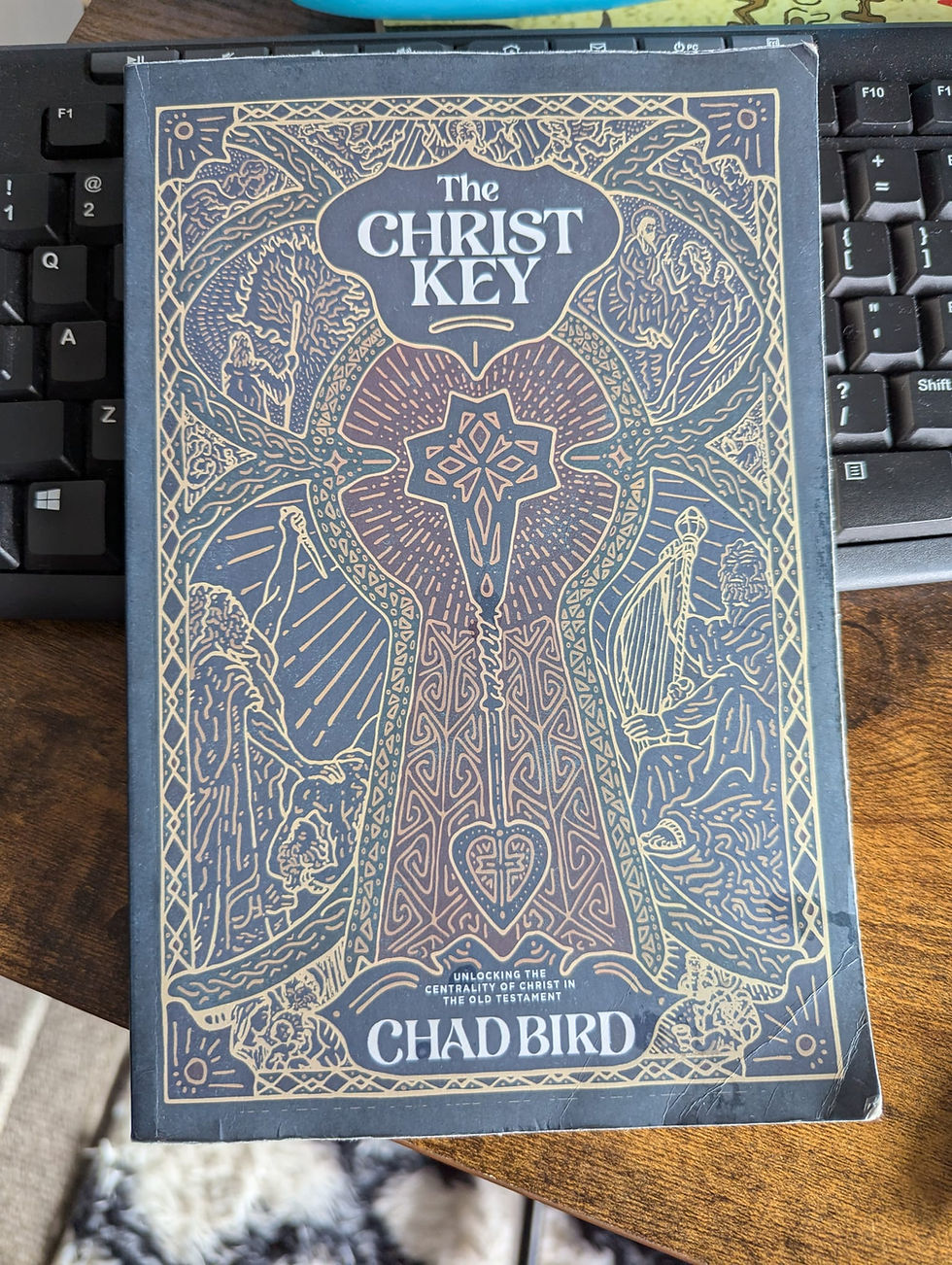The Early Church - Henry Chadwick (1993)
- Ibiene Bidiaque

- Aug 27, 2024
- 2 min read

The Early Church: The story of emergent Christianity from the apostolic age to the dividing of the ways between the Greek East and the Latin West is a 1993 book by Henry Chadwick.
Chadwick takes off explaining the terrain after the death of the apostles of Christ and we are introduced into the societies that the new Jewish Christians now inhabited. We encounter Christians combat the paganism of their age and how the church was able to endure through vile persecution like that meted out by the Roman Emperor Decius of the 200s.
Chadwick also narrates the bitter heresies that threatened the unity of the Church and the authority of Scripture (Gnosticism, Arianism, Pelagianism etc.) and how these controversies actually served to strengthened the church and sharpen key doctrines like the Incarnation and the Trinity. We are introduced to key intellectual players like Athanasius, Jerome, Origen, and Justin Martyr, whose erudite work built up the church's beliefs and helped them wax strong. These controversies and schisms often culminated in major councils like The Council of Nicaea (325), The Council of Constantinople (381), and The First Council of Ephesus (431), to name a few. We see in men like Athanasius heroes who refused to allow the prevailing trends of their time cause them to deny the deity of Christ.
A key highlight of the book is the gradual divide between the Greek East and the Latin West as disagreements of papal authority, iconoclasm, and liturgy came to the fore in church history; this division exists till today:
"...the age of the church fathers is commonly reckoned to conclude with Gregory the Great in the West and with John of Damascus in the East. For thereafter it is much more difficult to write the history of both Eastern and Western Christendom as if it were a single story." - Chadwick (p. 289, 1993)
Reading the book, we sit with Chadwick and learn about the men whose shoulders we still stand on today and are left motivated to do more for the cause of Christ; love Him more, serve Him better, know Him truly.

Comments